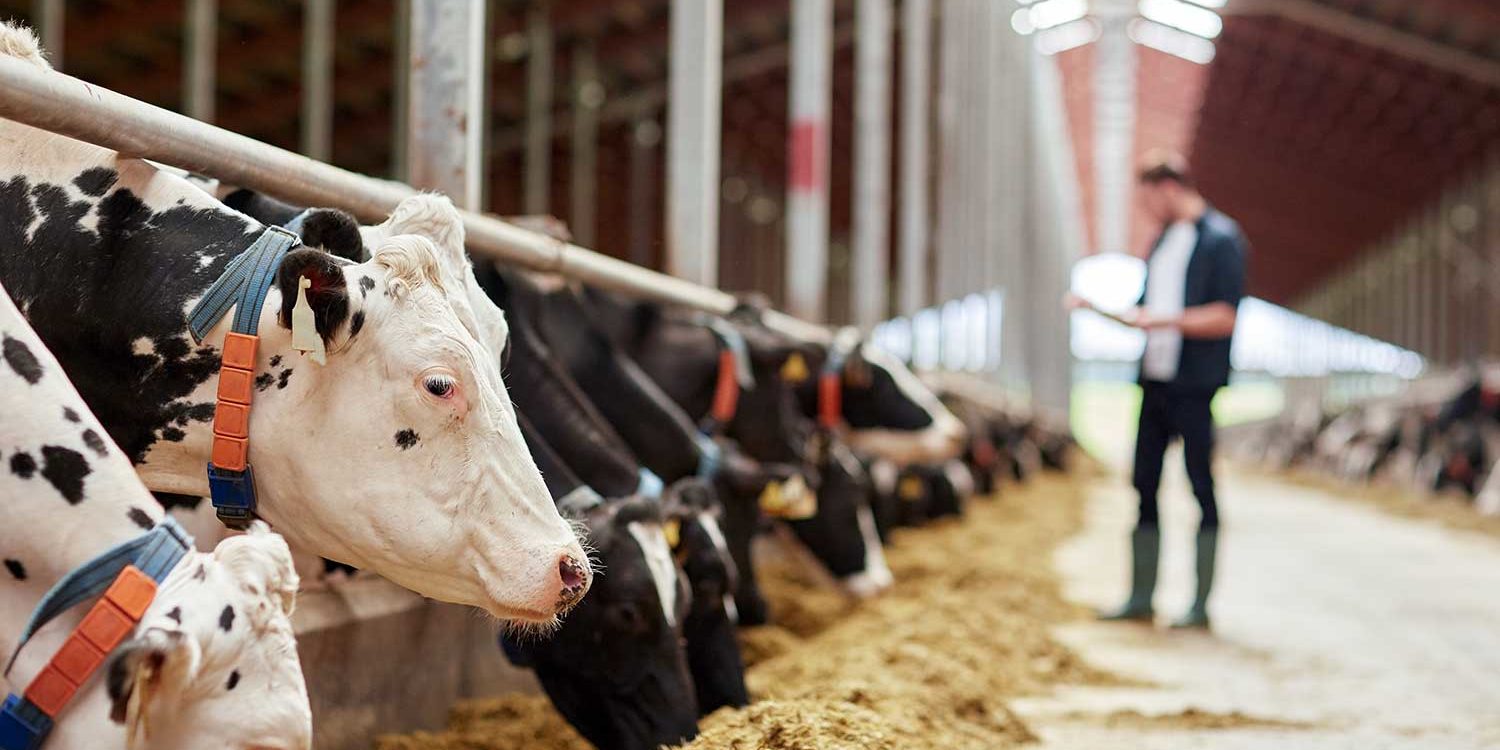A Texan individual has been diagnosed with a highly contagious strain of avian flu, marking the first human case since the virus was identified in some dairy cattle across multiple states last week.
According to the Texas Department of State Health Services, the infected individual worked on a dairy farm where several cows tested positive for the H5N1 strain of bird flu, known for its high pathogenicity. The primary symptom exhibited by the patient was pink eye.
Commissioner Sid Miller of the Texas Department of Agriculture mentioned that it’s yet uncertain whether the person contracted the virus from a dairy cow or through exposure to the same source that infected the cattle, suspected to be deceased waterfowl found on the farm. Despite the origin, Miller reassured the public that there’s no cause for alarm.
The Centers for Disease Control and Prevention (CDC) echoed similar sentiments, stating, “This infection does not alter the H5N1 bird flu human health risk assessment for the U.S. general public, which CDC considers to be low.”
While cases of this particular avian flu strain in humans are rare, they have a fatality rate exceeding 50%, as per CDC data. A recent case in Vietnam resulted in the death of a 21-year-old man on March 23 after contracting the virus.
This incident in Texas marks only the second known human case of this strain of bird flu in the United States. The first case occurred in 2022, involving a Colorado man who was a state prison inmate and contracted the virus while working on a poultry farm. The individual experienced fatigue but recovered after receiving antiviral treatment according to CDC.
Additionally, there have been four cases of people infected with a less severe strain of avian flu in the U.S. Cases of both strains have been more prevalent in other regions globally.
The H5N1 virus, which spreads rapidly among birds, has shown an increased transmission rate among non-avian species, including polar bears, foxes, and marine mammals.
Last week, the first cases of the H5N1 strain in dairy cows were detected in several states. Despite these occurrences, authorities emphasize that the cases seem contained, with no significant spread observed.
Dr. Jeff Bender, a public health veterinarian at the University of Minnesota, anticipates further outbreaks in animals as bird migrations occur during the spring season. He highlighted the potential risk of virus transmission through contaminated water sources.
The CDC maintains that the overall human health risk from the virus in the United States remains low. However, individuals working closely with livestock are advised to take precautions. Additionally, the agency recommends avoiding consumption of unpasteurized dairy products from animals suspected or confirmed to have bird flu.
